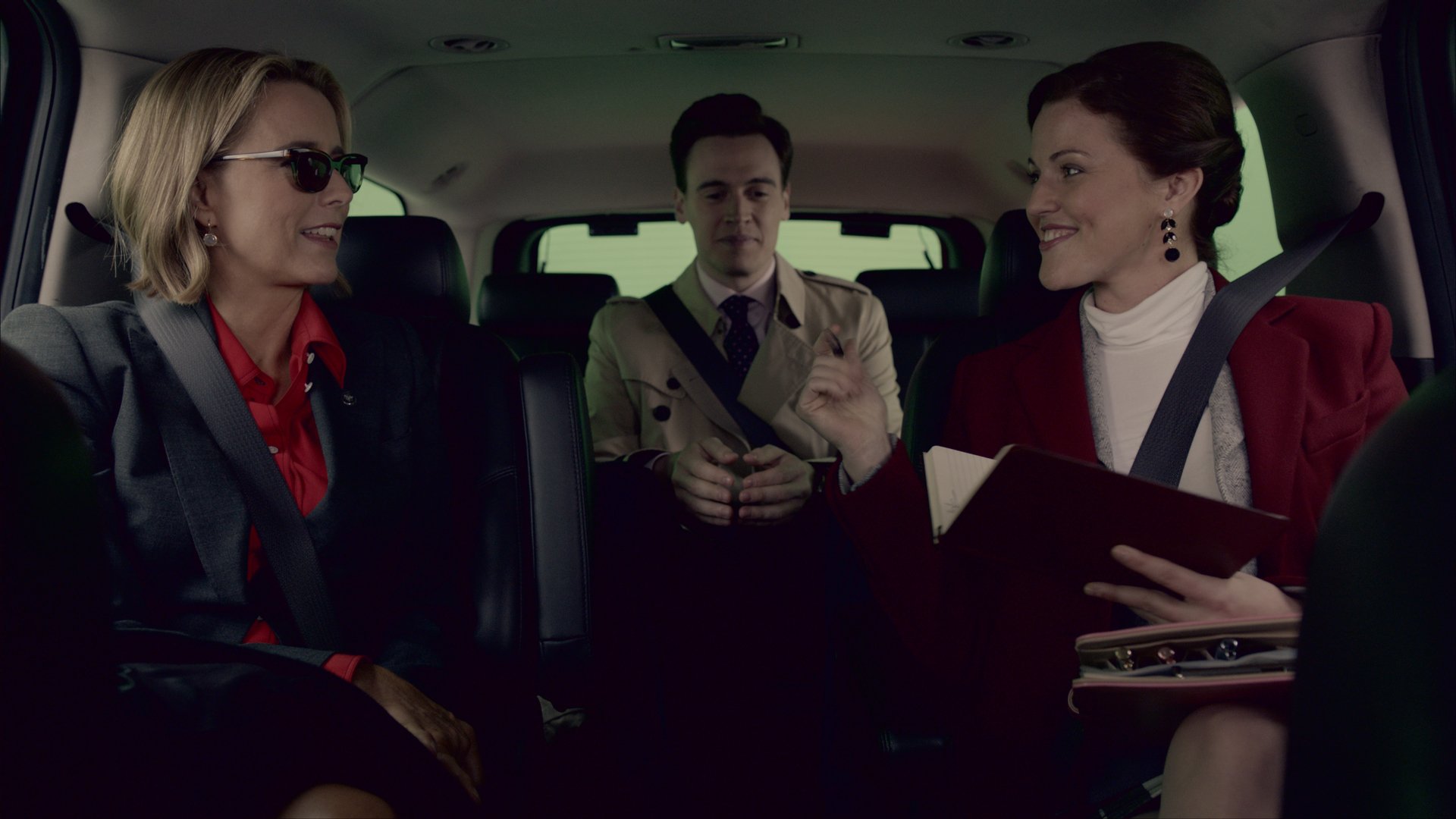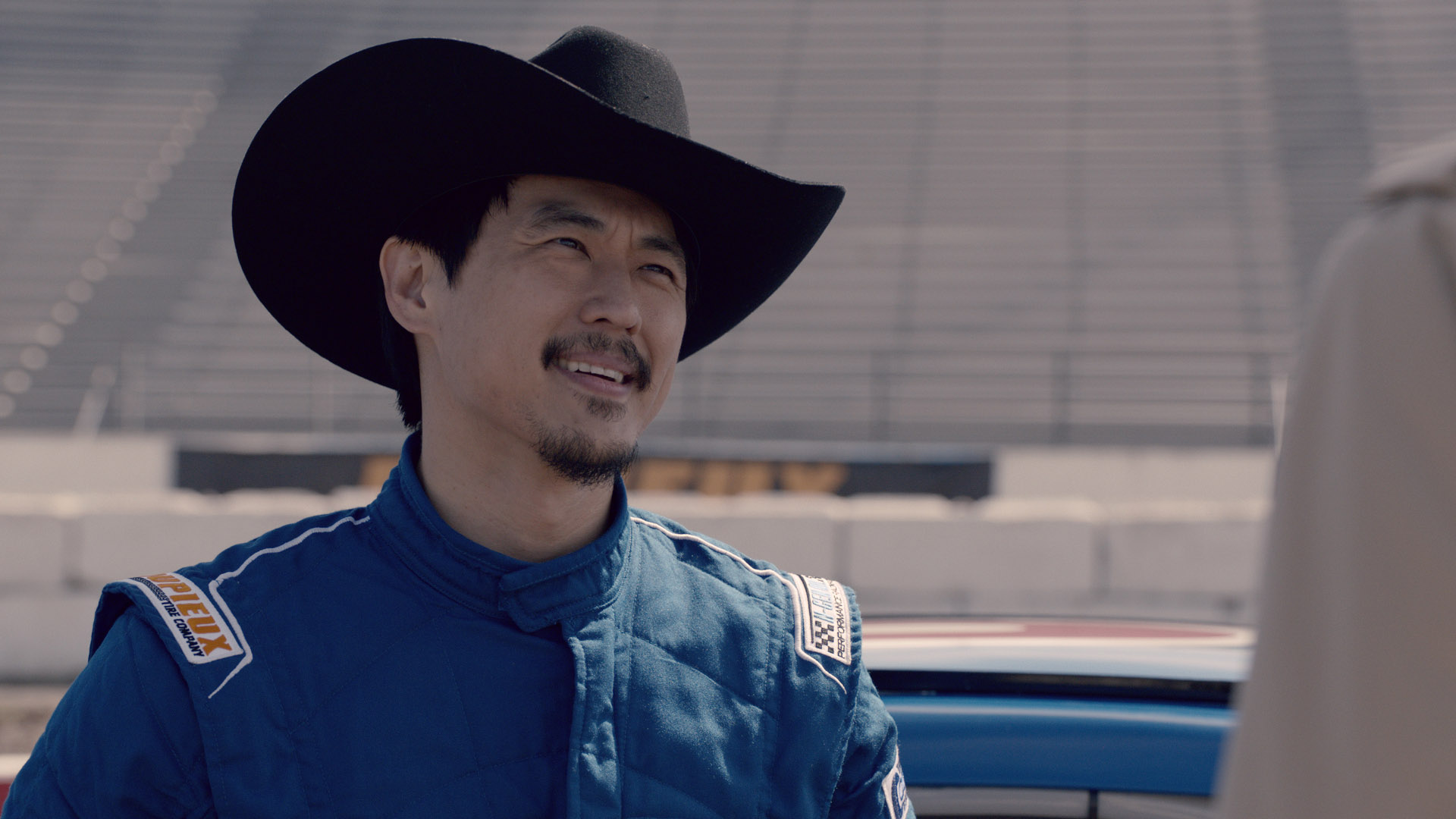I was recently asked if Super 16mm film was capable of a higher resolution than 4K digital capture. Or, verbatim, the question was “also is 16mm a higher resolution than 4K [?]”. So, we have an opportunity to discuss the common confusion between raster and resolution.
Resolution is a measurement or a perception of how much discernible visual information appears in an image. It involves your entire imaging and display chain, not simply your capture medium. Resolution is measured in line pairs per millimeter.
The lens you're shooting with is capable of resolving a certain amount of information, your capture medium (sensor or film stock) is capable of resolving a certain amount of information, and your display or projection format is capable of resolving a certain amount of information. All of those things contribute to the 'resolution' of the viewed image.
'4K' is not a resolution, it is a raster size (meaning pixel or photosite dimensions, like 4096 x 2160, for example, or 1920 x 1080). It is extremely common both in camera (and display) marketing and in amateur cinematography circles to conflate the idea of raster with resolution. The two ideas are independent, and a given raster can “contain” a wildly varying amount of resolution.
If you were to compare lenses on the same capture medium (let's say the Alexa 65), you can produce very different resolutions at the same raster size. That is to say, both a very soft lens and a very sharp lens can be used when imaging to a 4K raster, but both the measured and the perceived resolution will be very different. Or, let's imagine you're shooting with a Master Prime, one of the measurably sharpest lenses available, and recording a 4K raster. What's your resolution when you throw the lens completely out of focus? It’s also common to use diffusion filtration to reduce the resolution of the system, usually for aesthetic reasons.
The perceived sharpness that a film stock is capable of rendering is described by a Modulation Transfer Function which plots how many line pairs per millimeter the stock is capable of discriminating at an acceptable level of contrast between the lines (i.e., can you actually distinguish between a black and white line, or is the image a gray mush?). 50% MTF tends to be the cutoff of acceptability. The MTF of film emulsion changes independently per dye layer, with the layers tending to diverge from each other between 10 and 20 lppm. The resolution of Kodak 500T at 50% MTF starts to decline steeply after 30-50 lppm, depending on the dye layer. Here is Kodak’s MTF chart for 5219/7219:











